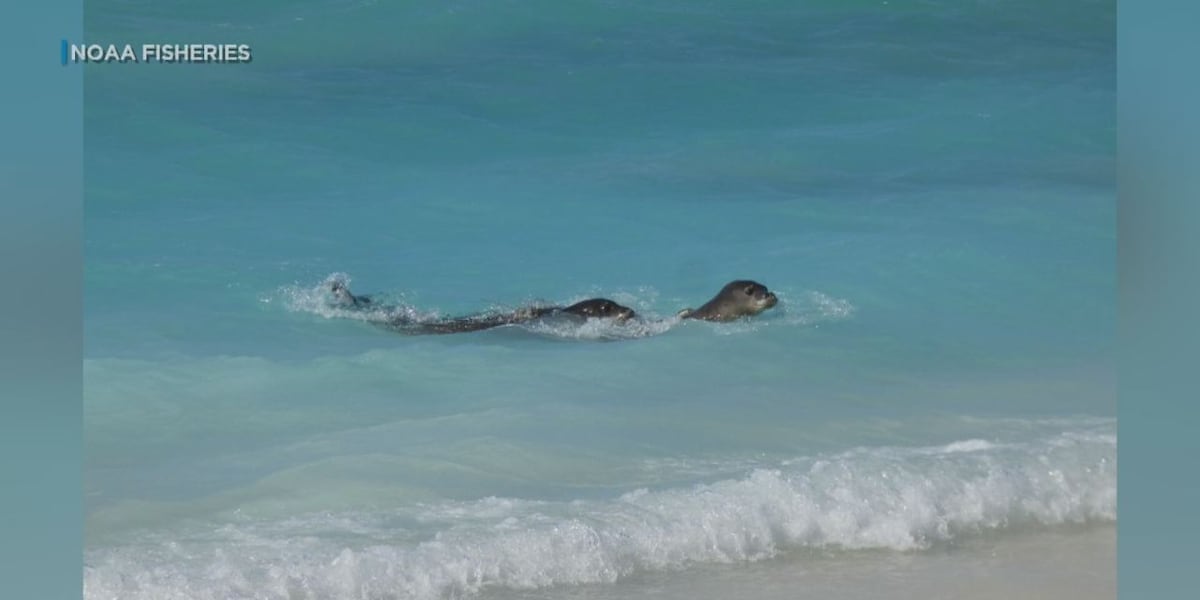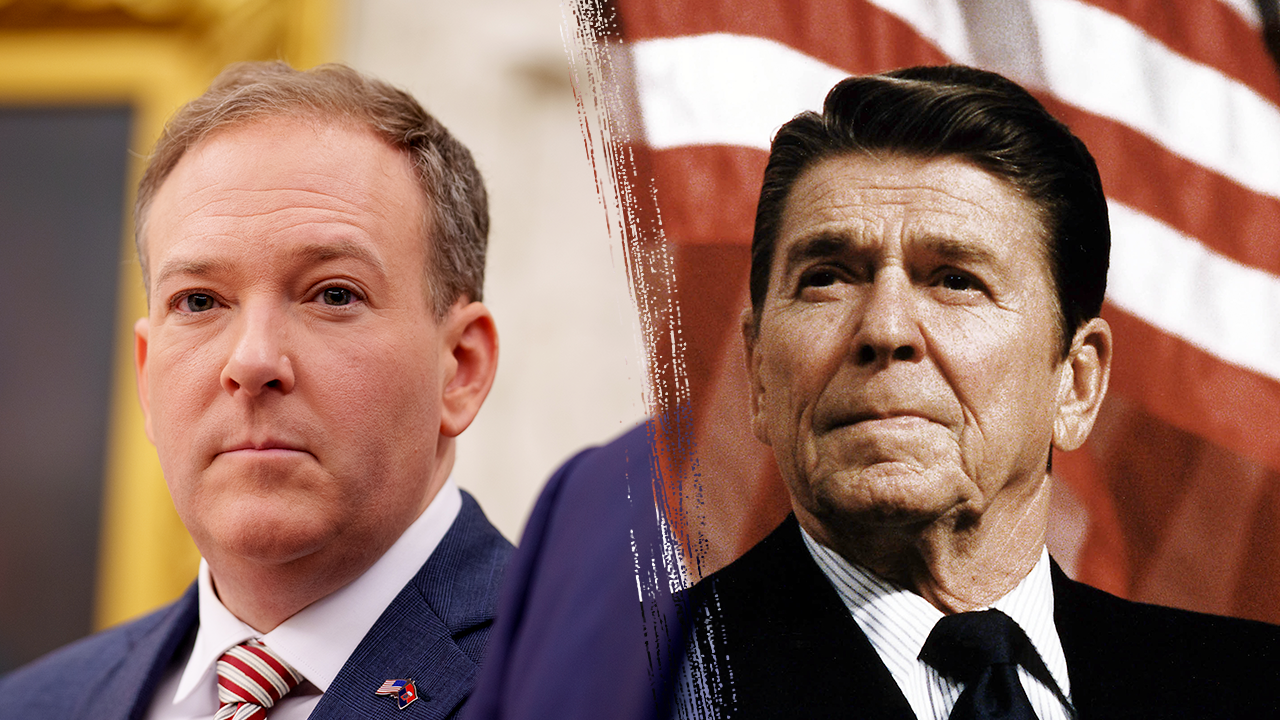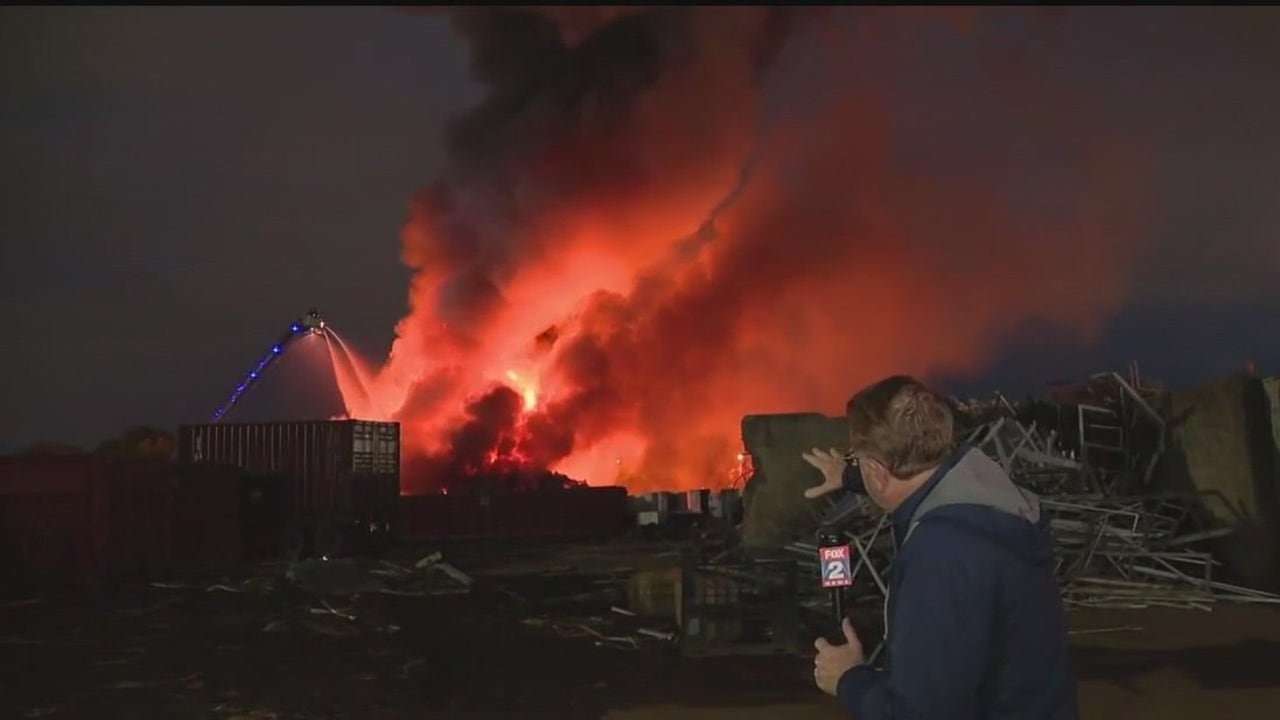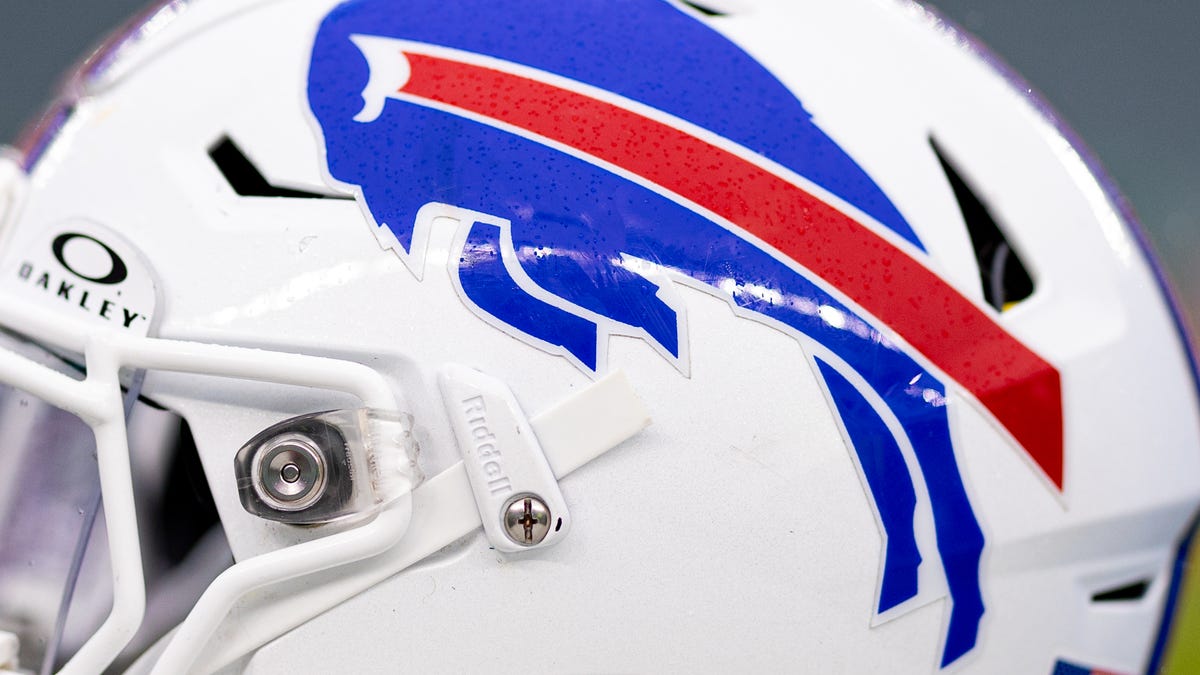Hawaii
This deadly Kauai trail comes with plenty of warnings

If you’ve ever doubted that we’ve reached the point where the miracle of machines has given humans access to places we shouldn’t be, then you’ve likely not yet visited Waimea Canyon State Park on Kauai.
From the town of Waimea, a small outpost of 2,000 on the island’s west side, a 45-minute climb on paved roads in a rented Chevy Malibu or Jeep Wrangler slip-slides visitors to the edge of the 3,600-foot-deep, 10-mile-long forested canyon.
There they will find a convenient ledge to look out over (or nowadays take selfies on) as touring helicopters buzz through the canyon. Tiny brave mountain goats traverse treacherously drenched cliffs with ease while the island’s unofficial/official feral chicken mascots preen and peck at the wet ground beneath their feet.
Advertisement
Article continues below this ad
The view from one of many Waimea Canyon lookouts — either at the side of the road or just steps away from the Puu Hinahina Lookout parking lot — is overwhelming in scope and grandeur.
Rainbow over Waimea Canyon in Kauai, Hawaii.
rebelml/Getty Images/iStockphoto
For many visitors — me included — the easy proximity to an impossible-to-comprehend yet easily accessed trail can instill a sense of invincibility.
But these precious spots are also no secret. And that’s usually where trouble begins.
Advertisement
Article continues below this ad
“We were looking at AllTrails and just, you know, social media and seeing what the places are to see,” Aliyah Moreno, a Davis resident who was on vacation with her partner, Jared Wade, told SFGATE. The pair gave each other a mid-December trip to Kauai as an early Christmas present.
The couple’s Waimea Canyon day trip was ranked high among the best things they’d done on their Kauai visit as well as “maybe ever,” Wade said.
Tourists at the Waimea Canyon Overlook viewing Waimea Canyon, also known as the Grand Canyon of the Pacific, on the island of Kauai in Hawaii.
Jon G. Fuller/VW Pics/Universal Images Group via Getty Images
He then marveled at how little effort it took to get to the canyon cliff’s edge.
Advertisement
Article continues below this ad
“We figured out this one was close to us,” Moreno continued, “not too strenuous a hike.”
“Oh yeah, straight to the point,” Wade chimed in. “Literally.”
While taking a few photos on the lookout’s edge, Wade gestured over his shoulder: “We did the trail over here to the Waipoo Falls.”
A view from Waimea Canyon State Park above the canyon with distant waterfall.
Education Images/Universal Images Group via Getty
Did the pair make the entire 3.6-mile round-trip trek to the falls and back, which is marked conspicuously at the trailhead with a sign warning of inherent hazards, including dangerous cliffs and flash floods?
Advertisement
Article continues below this ad
“No,” Moreno admitted. “Yeah, it was rainy, and we had issues with traction.”
“Better that we turned around,” Wade added.
A smart pair that knew their limits on a cliff trail seemed to be in the minority that rainy day. Time and again, visitors who had taken to the trail were emerging back into the parking lot caked, especially across their backs, in the signature red-brown clay of the canyon.
Along with the involuntary mud treatment, some hikers resurfaced with bloodied elbows or had red pre-bruise splotches on their knees. The look of serenity on the faces of those who chose only to partake in the lookouts was contrasted by a thin-lipped mix of fear and relief for those who took it a step further.
Advertisement
Article continues below this ad
A view from one of the trails at Waimea Canyon on the west side of Kauai on Dec. 12, 2023.
Andrew Pridgen/SFGATE
When you’re feeling the pressure of being in a place that you may never return to again, red flags seem to dissipate. Vanished into the humid canyon air were several warnings I’d received from visitors onsite. Gone instantly from my memory the Redditor threads on the hike’s mostly self-imposed dangers — especially when rain is falling — and even fatalities en route: A 25-year-old Honolulu man named Devin Goetsch “lost his footing and slipped down the steep cliff” to his death here in 2014, the Honolulu Star-Advertiser reported.
Another man, a German tourist, slipped off the trail and fell 50 feet, landing on a ledge in May 2001. “The tourist was not injured, but he was very lucky,” Kauai fire battalion Chief Ernest Moniz told the Star-Advertiser at the time.
The newspaper reported that if it weren’t for the ledge, the man could have plummeted about 1,000 feet to the bottom. “The rescue turned out well,” Moniz said. “The guys did a real good job. This doesn’t happen very often.”
Advertisement
Article continues below this ad
Warning sign near Waimea Canyon on the island of Kauai, Hawaii.
NurPhoto via Getty Images
Yes, I was armed with all this knowledge — but also, the trials, the waterfall, the danger — it’s all RIGHT THERE!
So after a little cajoling and bribery, my 9-year-old son, a constant hiking companion to me since he was old enough to poke his head out of his carrier, his mother and I set off on the trail decked out in flip-flops, board shorts and short-sleeve shirts, thinking that even in our resort wear we’d make it back to Waimea in time for a late lunch at Mama Bear’s Kitchen, which is rumored to have an island take on the Monte Cristo sandwich that is the best version this side of the Blue Bayou.
Advertisement
Article continues below this ad
A woman leans on the guard rail as she enjoys the view from an observation platform offering views of Waimea Canyon, on the western side of the island of Kauai, Hawaii, circa 1955.
FPG/Getty Images
Instead, it was a 45-minute slog through the wilds of Waimea Canyon, which are a seasoned hikers’ buffet of slippery roots and sudden cliff edges that vanish in the fog. And, if you give yourself enough time to look up from nature’s most treacherous obstacle course beneath your feet, you notice sheer ridges blanketed in fog, once-in-a-lifetime birds swooping overhead and dense rainforest foliage with an active canopy that at once envelopes you and, according to my son, “slaps you wet and hard across the face.”
Once we got the rhythm of keeping our footing between the roots (think high knees through car tires — only a misstep on this one has much more dire consequences), the hike started to wind its way gently downslope in a predictable rhythm.
And then, as soon as some confidence was gained and the pace picked up, it happened: My son took a step in the wrong direction and his feet went flying in the air, the rest of his body to quickly follow. He landed with an audible, echoey thud and bounced once toward the trail’s edge. I grabbed him by the shirt collar and dragged him back toward me using his body weight to somehow regain traction myself as my feet sank deeper in the mud.
Advertisement
Article continues below this ad
A pair of visitors take a selfie at a Waimea Canyon lookout on the west side of Kauai on Dec. 12, 2023.
Andrew Pridgen/SFGATE
It was then I thought of the advice of Jared Wade from Davis, who said after attempting the trail he really appreciated some of the more low-key aspects of his and his partner’s travels on the island. “We saw some dolphins, a little pod,” he told SFGATE. “We did some golfing, hit the little ABC store, the little taco shops. Puka Dog — that place is very good, so good. Oh my gosh. Just finding the little shops and stuff, shaved ice, bakeries, you know.”
And with that, without as much as a word between us, our small party of three tourists, ill-prepared and maybe a danger to ourselves and others, did the thing we should have done in the first place. We made an about-face on the trail to cautiously head back up toward the safety of asphalt and change into dry clothes waiting in the rental.
A view of Waimea Canyon on the west side of Kauai on Dec. 12, 2023.
Andrew Pridgen/SFGATE
Back at the trailhead once more, we were greeted by others just like us, haplessly snapping photos in front of the warning sign right before attempting the same feat.
Advertisement
Article continues below this ad
Hopefully they ended up knowing when to turn around, too.
We have a newsletter all about Hawaii, with news, tips and in-depth features from the Aloha state. Sign up here.

Hawaii
Rescued Hawaiian monk seals released after receiving life-saving care

HONOLULU (HawaiiNewsNow) – Four rescued Hawaiian monk seals were recently released back into the wild.
The National Oceanic and Atmospheric Administration Fisheries said the seals received care at the Marine Mammal Center’s Hawaiian monk seal hospital in Ke Kai Ola.
Seals DT46, a male, and DT48, a female, were rescued by NOAA’s seasonal field camp staff in Papahanaumokuakea Marine National Monument, officials said.
Both pups were underweight and had a 1% chance of survival. They were treated for malnourishment and gastrointestinal parasites before being released earlier this month, NOAA said.
Officials said that R419 was also malnourished and had multiple infected injuries along with large and small abscesses on his back.
There were also traumatic injuries on his right front flipper that caused the partial loss of his middle digit and fractures to four of the five digits. He was released after treatment in April, NOAA said.
RS52 was rescued on Maui after being observed losing weight at an alarming rate and treated for malnourishment and gastrointestinal parasites, officials said.
He was released in January and has since been seen around the south shores of Maui and recently on Lanai, where he was born in 2023, NOAA said.
Monk seals in need of help can be reported to NOAA’s Marine Wildfire Hotline at (888) 256-9840.
Copyright 2025 Hawaii News Now. All rights reserved.
Hawaii
Stephen Tsai: The work never ends for Hawaii athletics | Honolulu Star-Advertiser
Hawaii
Hawaii land board vote rejecting environmental study deals setback to Army combat training

HONOLULU — Hawaii’s land board rejected the Army’s environmental impact statement to retain land on the Big Island used for live-fire training, a vote some Native Hawaiian leaders say reflects a growing distrust of the U.S. military in the islands.
The state Board of Land and Natural Resources voted Friday after members considered voluminous written testimony and listened to hours of oral comments, including from many in the Native Hawaiian community citing environmental destruction and cultural desecration.
The Army calls the Pohakuloa Training Area the “premier” combat training grounds in the Pacific theater for all U.S. ground forces, including the Army, Marines, Navy and Air Force.
Board Chair Dawn Chang later called the vote “one of the hardest decisions that I have had to make.”
Chang said the decision was based on the adequacy of the environmental review, and not about the merits of whether the Army should not conduct training in Hawaii. No decision has been made on the Army’s longterm lease request. The Army’s lease for 23,000 acres (9,308 hectares) is set to expire in 2029.
What happens next is up to the Army, Chang said.
The Army, noting that the environmental impact statement was created with community input, said in a statement it was observing a 30-day waiting period. After that, the Army will determine how much land it will seek to retain.
In this photo provided by the Hawaii Department of Land and Natural Resources, people gather in an overflow area outside a state building in Honolulu, Friday, May 9, 2025, to watch a land board meeting about an environmental impact statement for an Army training site. Credit: AP
The vote was a “pleasant surprise” to activists who are concerned that military training in Hawaii harms island aquifers, sensitive wildlife and ancient Hawaiian burials, said Healani Sonoda-Pale, a Native Hawaiian activist. It was unexpected because of the military’s economic stronghold on Hawaii, she said.
“Friday’s vote is a real shift,” Sonoda-Pale told The Associated Press Monday. “I think the shift here happened because of the Red Hill spill. The military lost a lot of trust and respect.”
In 2021, jet fuel leaked into the Navy water system serving 93,000 people on and around the Pearl Harbor base. It sickened thousands in military housing and heightened concerns about leaks at the Red Hill Bulk Fuel Storage Facility.
The military eventually agreed to drain the tanks, amid state orders and protests from Native Hawaiians and other Hawaii residents worried about the threat posed to Honolulu’s water supply. The tanks sit above an aquifer supplying water to 400,000 people in urban Honolulu.
“U.S. Army Hawai‘i understands and deeply respects the concerns expressed by community members, cultural practitioners, and environmental advocates regarding the Army’s presence and activities at Pōhakuloa Training Area,” Lt. Col. Tim Alvarado, U.S. Army Garrison Pōhakuloa commander, said in a statement. “We recognize that past actions have caused harm and eroded trust, and we continue to seek a balance with consideration for the cultural and environmental significance of this land.”
The U.S. Army is seeking to return nearly 3,300 acres (1,335 hectares) of leased lands back to the state and retain 19,700 acres (7,972 hectares) to sustain training, the Army statement said.
Hawaii’s congressional delegation issued a joint statement saying they “believe there can be a path forward that accounts for the critical importance of Hawaii’s role in our country’s national security strategy and fundamentally respects and responds to the needs of the people of Hawaii.”
In a statement, Gov. Josh Green acknowledged the rejected environmental impact statement presents challenges but doesn’t end the conversation: “This is a time for collaboration, not division, as we seek balanced solutions that honor both our heritage and our future.”
-

 Austin, TX4 days ago
Austin, TX4 days agoBest Austin Salads – 15 Food Places For Good Greens!
-

 Education1 week ago
Education1 week agoIn Alabama Commencement Speech, Trump Mixes In the Political
-

 Technology1 week ago
Technology1 week agoBe careful what you read about an Elden Ring movie
-

 Culture1 week ago
Culture1 week agoPulitzer Prizes 2025: A Guide to the Winning Books and Finalists
-

 World6 days ago
World6 days agoThe Take: Can India and Pakistan avoid a fourth war over Kashmir?
-

 Education1 week ago
Education1 week agoUniversity of Michigan President, Santa Ono, Set to Lead University of Florida
-

 Technology5 days ago
Technology5 days agoNetflix is removing Black Mirror: Bandersnatch
-

 Politics1 week ago
Politics1 week agoEPA chief Zeldin announces overhauls to bring agency back to Reagan-level staffing





















